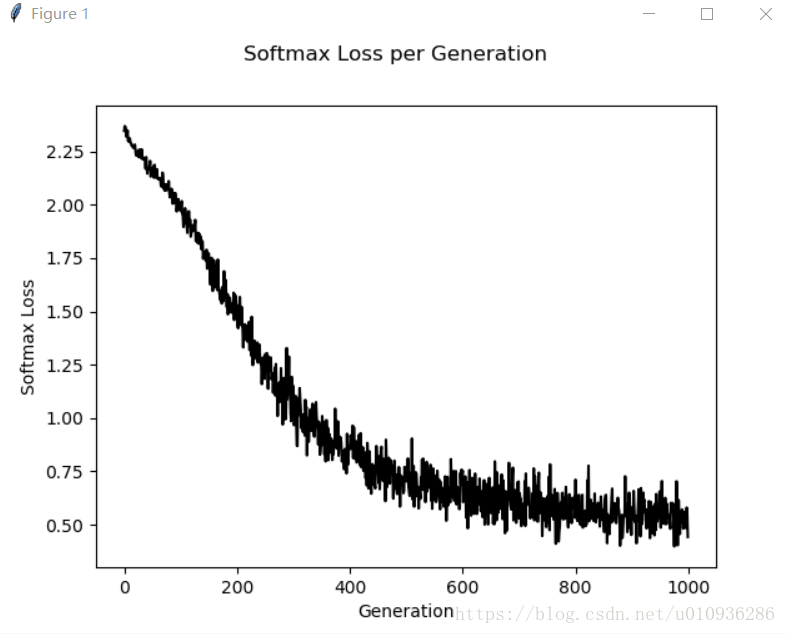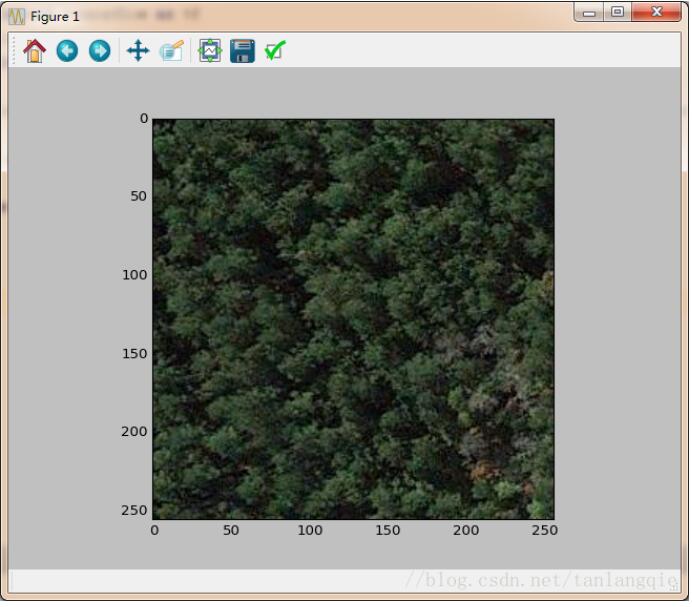利用python获取当前日期前后N天或N月日期的方法示例
前言
最近因为工作原因,发现一个Python的时间组件,很好用分享出来!(忘记作者名字了,在这里先感谢了),下面话不多说,来一起看看详细的介绍吧。
示例代码:
# -*- coding: utf-8 -*-
'''获取当前日期前后N天或N月的日期'''
from time import strftime, localtime
from datetime import timedelta, date
import calendar
year = strftime("%Y", localtime())
mon = strftime("%m", localtime())
day = strftime("%d", localtime())
hour = strftime("%H", localtime())
min = strftime("%M", localtime())
sec = strftime("%S", localtime())
def today():
'''''
get today,date format="YYYY-MM-DD"
'''''
return date.today()
def todaystr():
'''
get date string, date format="YYYYMMDD"
'''
return year + mon + day
def datetime():
'''''
get datetime,format="YYYY-MM-DD HH:MM:SS"
'''
return strftime("%Y-%m-%d %H:%M:%S", localtime())
def datetimestr():
'''''
get datetime string
date format="YYYYMMDDHHMMSS"
'''
return year + mon + day + hour + min + sec
def get_day_of_day(n=0):
'''''
if n>=0,date is larger than today
if n<0,date is less than today
date format = "YYYY-MM-DD"
'''
if (n < 0):
n = abs(n)
return date.today() - timedelta(days=n)
else:
return date.today() + timedelta(days=n)
def get_days_of_month(year, mon):
'''''
get days of month
'''
return calendar.monthrange(year, mon)[1]
def get_firstday_of_month(year, mon):
'''''
get the first day of month
date format = "YYYY-MM-DD"
'''
days = "01"
if (int(mon) < 10):
mon = "0" + str(int(mon))
arr = (year, mon, days)
return "-".join("%s" % i for i in arr)
def get_lastday_of_month(year, mon):
'''''
get the last day of month
date format = "YYYY-MM-DD"
'''
days = calendar.monthrange(year, mon)[1]
mon = addzero(mon)
arr = (year, mon, days)
return "-".join("%s" % i for i in arr)
def get_firstday_month(n=0):
'''''
get the first day of month from today
n is how many months
'''
(y, m, d) = getyearandmonth(n)
d = "01"
arr = (y, m, d)
return "-".join("%s" % i for i in arr)
def get_lastday_month(n=0):
'''''
get the last day of month from today
n is how many months
'''
return "-".join("%s" % i for i in getyearandmonth(n))
def getyearandmonth(n=0):
'''''
get the year,month,days from today
befor or after n months
'''
thisyear = int(year)
thismon = int(mon)
totalmon = thismon + n
if (n >= 0):
if (totalmon <= 12):
days = str(get_days_of_month(thisyear, totalmon))
totalmon = addzero(totalmon)
return (year, totalmon, days)
else:
i = totalmon / 12
j = totalmon % 12
if (j == 0):
i -= 1
j = 12
thisyear += i
days = str(get_days_of_month(thisyear, j))
j = addzero(j)
return (str(thisyear), str(j), days)
else:
if ((totalmon > 0) and (totalmon < 12)):
days = str(get_days_of_month(thisyear, totalmon))
totalmon = addzero(totalmon)
return (year, totalmon, days)
else:
i = totalmon / 12
j = totalmon % 12
if (j == 0):
i -= 1
j = 12
thisyear += i
days = str(get_days_of_month(thisyear, j))
j = addzero(j)
return (str(thisyear), str(j), days)
def addzero(n):
'''''
add 0 before 0-9
return 01-09
'''
nabs = abs(int(n))
if (nabs < 10):
return "0" + str(nabs)
else:
return nabs
def get_today_month(n=0):
'''''
获取当前日期前后N月的日期
if n>0, 获取当前日期前N月的日期
if n<0, 获取当前日期后N月的日期
date format = "YYYY-MM-DD"
'''
(y, m, d) = getyearandmonth(n)
arr = (y, m, d)
if (int(day) < int(d)):
arr = (y, m, day)
return "-".join("%s" % i for i in arr)
if __name__ == "__main__":
print today()
print todaystr()
print datetime()
print datetimestr()
print get_day_of_day(20)
print get_day_of_day(-3)
print get_today_month(-3)
print get_today_month(3)
print get_today_month(19)
总结
以上就是这篇文章的全部内容了,希望本文的内容对大家的学习或者工作能带来一定的帮助,如果有疑问大家可以留言交流,谢谢大家对【听图阁-专注于Python设计】的支持



